After yesterday's unveiling of AMD's Ryzen AI 300 laptop processor family, it's Intel's turn today to participate in Computex 2024. Company CEO Pat Gelsinger took to the stage and lifted the lid on the architecture behind the upcoming Core Ultra 200 processor family. Moon Lake. On paper, the list shows really impressive advances in instructions per clock cycle for the new processor cores, as well as a completely new graphics part based on the Battlemage architecture.
Lunar Lake consists of “tiles”, where the central processing unit (CPU), graphics processing unit (GPU) and neural processing unit (NPU) are manufactured separately.
Like its predecessor Meteor Lake, Lunar Lake is made according to Intel Foveros' packaging concept, where each component is divided into 'tiles'. The idea is almost the same as that of AMD chips, where, for example, the processor cores and the graphics part can be made using completely different manufacturing processes. While Intel isn't entirely clear on what applies to Lunar Lake in terms of the manufacturing process, there are several indications that the CPU, GPU, and NPU are being manufactured using TSMC's 3nm process.
With Lunar Lake, Intel has integrated core memory into the system chip.
The big change in Lunar Lake is that the core memory has been integrated with the system circuitry and is now mounted on the same substrate. The advantage of this, in addition to saving space on the motherboard, is that this method is more energy efficient. Lunar Lake can be offered with maximum memory capacities of up to 32GB and at speeds of 8500 MT/s.
Lunar Lake has eight cores in a hybrid configuration.
Lunar Lake is offered with up to eight cores, with these coming in a hybrid configuration with four high-performance cores and four power-efficient cores. However, here, Intel has developed two new core architectures with decent performance improvements, with the P cores moving to Lion Cove while the E cores moving to newcomer Skymont.
The P cores lose Hyper Threading but get 14 percent better IPC
With the Lion Cove architecture used in the P cores, Intel made the decision to remove Hyper Threading technology. This is because, according to the company, technology has played its role with the introduction of E-cores into the processor design, while improvements in P-cores can compensate for the loss in performance. According to Intel's own measurements, Lion Cove offers a 14 percent higher IPC than its predecessor, Redwood Cove, which is located in Meteor Lake.
Skymont used in electronic cores is making great strides in IPC.
Perhaps most impressive is the new Skymont architecture used for the energy-efficient cores. This is up a whopping 68 percent in IPC on floating point operations compared to the Crestmont used with Meteor Lake. In the case of valid operations, the increase is smaller, but still a significant 38 percent. In fact, Intel's numbers indicate that the new E-cores deliver better IP on average than the Raptor Cove P cores found in Raptor Lake desktops.
The new graphics portion of Lunar Lake is supposed to deliver 50 percent better performance.
In addition to the processor part, the graphics part of Lunar Lake is also greatly upgraded. This is based on the new Xe2 circuit with Battlemage architecture with a total of 8 compute units. Under the hood, enhanced computing modules can be seen Ray tracing Plus next-generation XMX hardware for machine learning. The circuit's graphics performance is claimed to be up to 50 percent higher than its counterpart in the Meteor Lake family.
The NPU AI computing circuit has received a major upgrade.
Since Lunar Lake will be based on Microsoft's AI-driven Copilot+ concept on PC, a lot of money has been allocated for a new NPU circuit. This provides AI computing power of 48 TOPS, which is slightly higher than the Snapdragon Particularly impressive is the advancement from its predecessor Meteor Lake, which had an NPU circuit containing just 11 nodes.
Lunar Lake launches in the third quarter of the year.
Lunar Lake and the Core Ultra 200 family of ultraportable laptops will launch in the third quarter of the year, with the promise of up to 60 percent better battery life than before. The architecture will be joined later in 2024 by Arrow Lake, which is based on the same processor cores, but adapted for desktops and more high-performance mobile devices.

“Entrepreneur. Freelance introvert. Creator. Passionate reader. Certified beer ninja. Food nerd.”






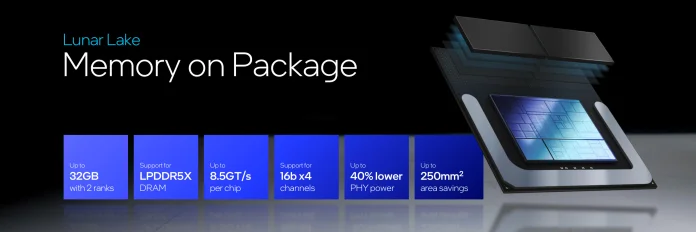
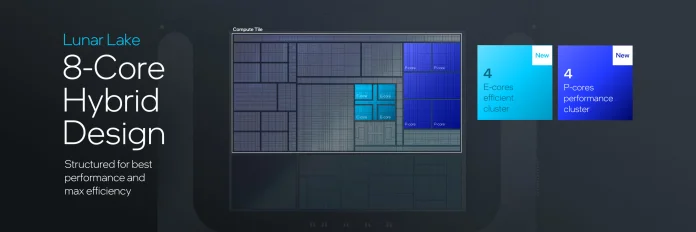
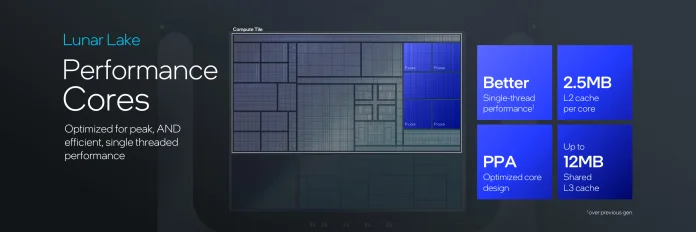
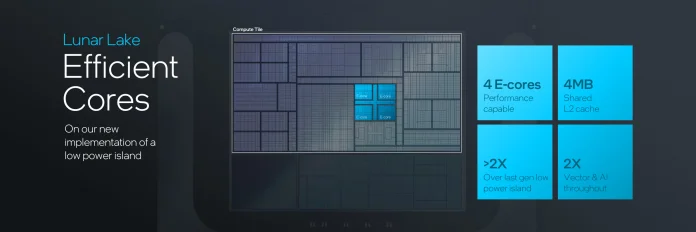
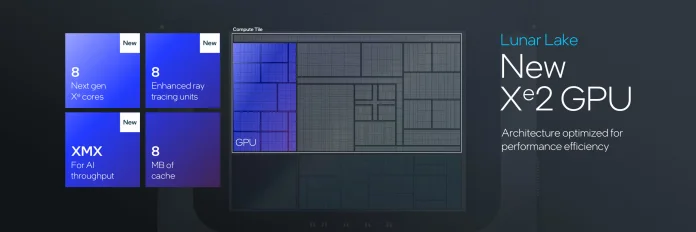

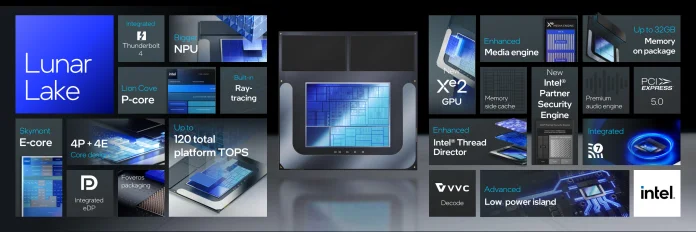


More Stories
Logitech Steering Wheel News: New Steering Wheels, Gear Lever, and Handbrake in Direct Drive Series
Garmin Launches inReach Messenger Plus App
Why Rare Earth Metals for Electric Cars Are Crucial for Modern Mobility